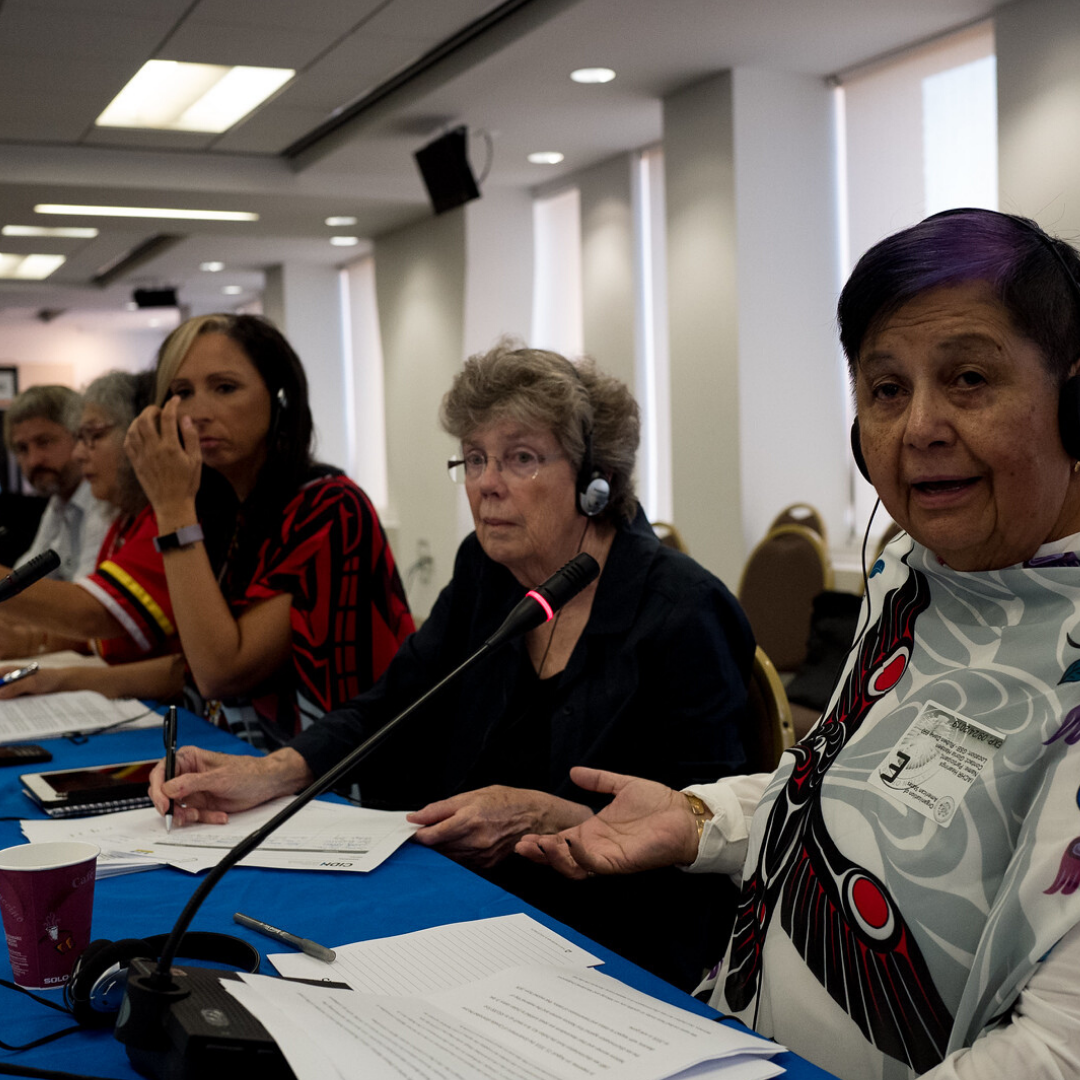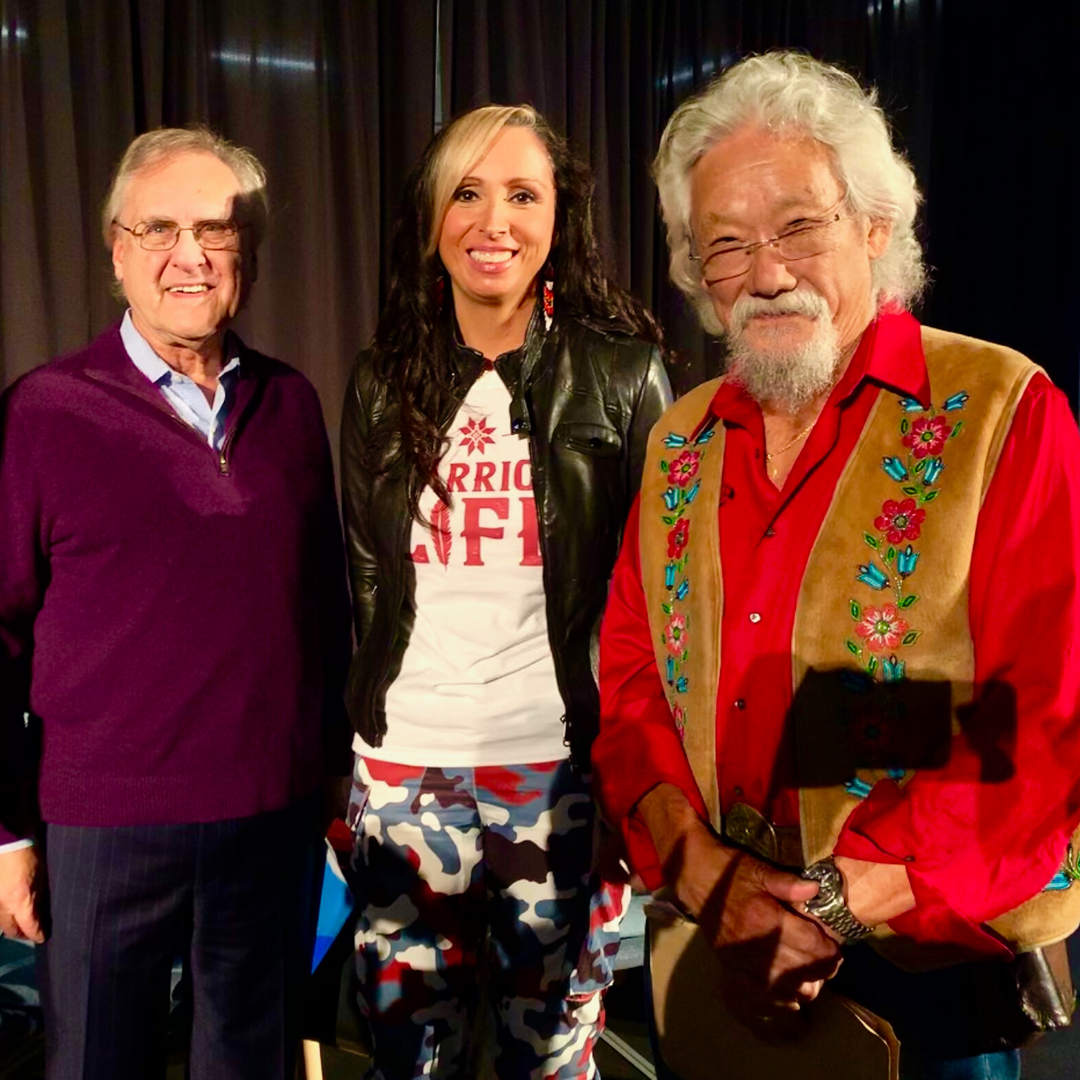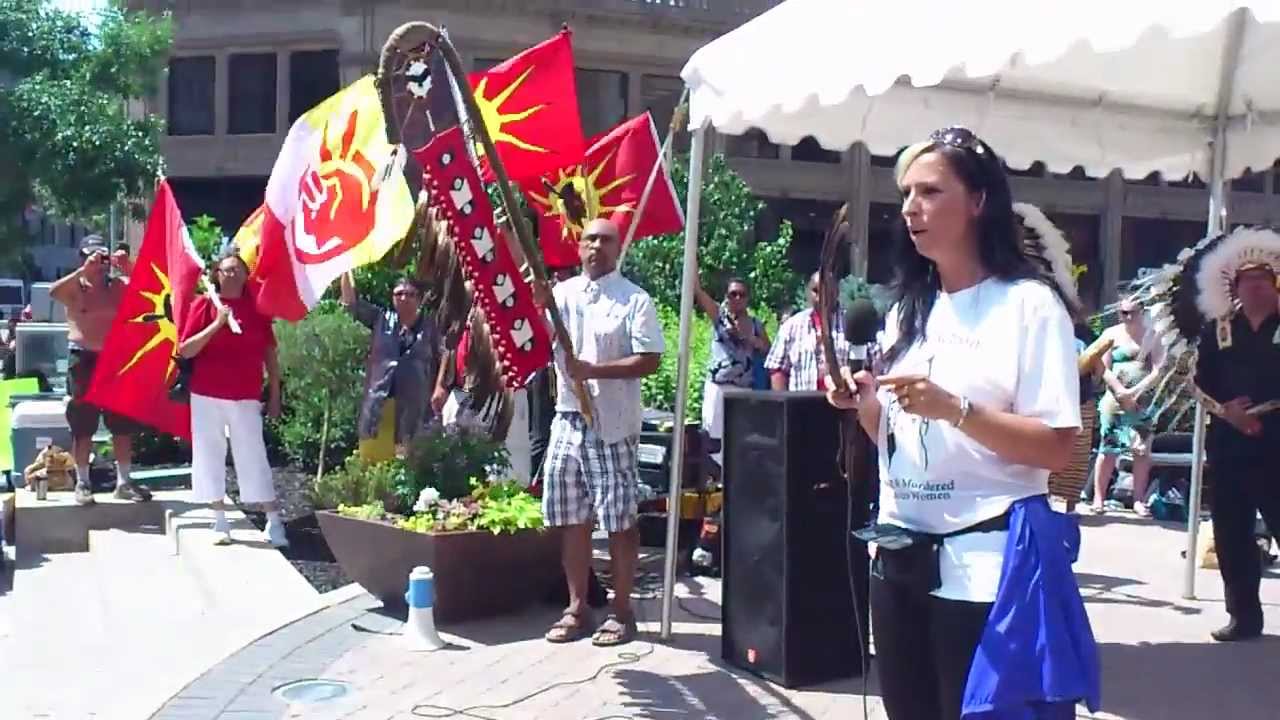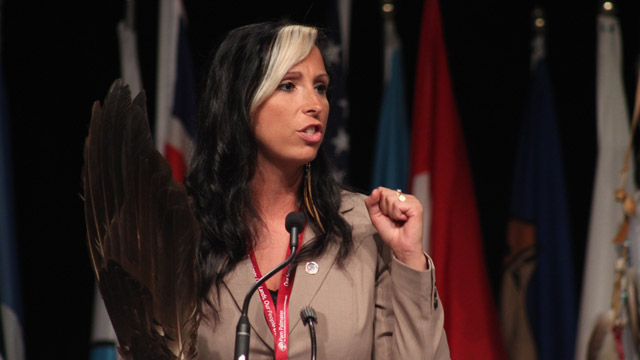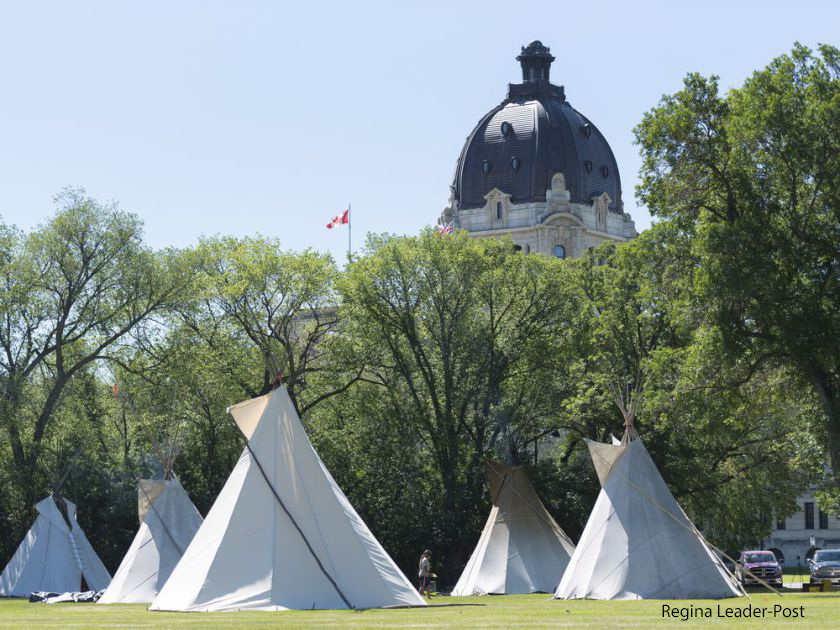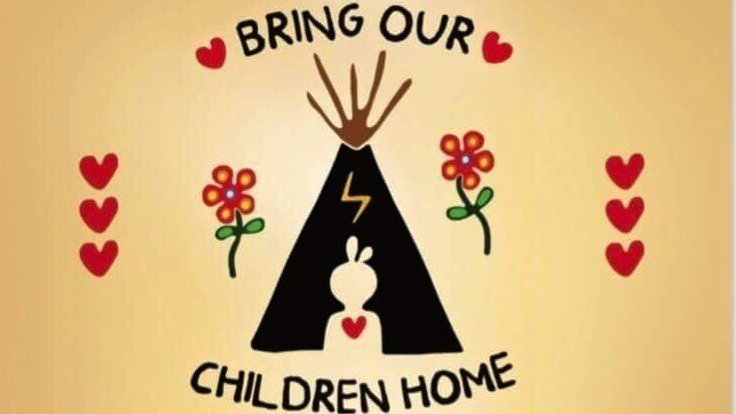Originally published in The Globe and Mail on February 27, 2020.
Canada’s Indian policy hasn’t changed much
After the events of the past few weeks in Canada, one thing remains clear: Canada’s Indian policy hasn’t changed much since its inception. Indian policy has always had two objectives: to obtain Indian lands and resources and to reduce financial obligations to Indigenous peoples acquired through treaties or other means. Its primary methods were elimination or assimilation of Indian
Colonial governments had a long history of scalping bounties to kill specific groups of Indigenous peoples, using small pox blankets to increase death rates from disease and forced sterilizations to reduce the populations. Even Confederation did not dispense with the violent colonization of what would now become known as Canada. Canada’s first prime minister, Sir John A. Macdonald, told the House of Commons in 1882: “I have reason to believe that the agents as a whole … are doing all they can, by refusing food until the Indians are on the verge of starvation, to reduce the expense.” Canada was fully engaged in clearing the lands, by any means necessary.
View article (PDF) Genocide, Indian Policy, and Legislated Elimination of Indians in Canada
Reconciliation: The goal is the same
Now referred to as Indigenous reconciliation, the goal is still the same: to clear the lands of Indigenous peoples in order to bolster settlement and extraction of resources. This singular focus formed the basis of the violent colonization of Indigenous lands and peoples and, ultimately, is why Canada has been accused of genocide by the National Inquiry into Missing and Murdered Indigenous Women and Girls. Canada’s complex set of laws, policies, practices, actions and omissions have created an infrastructure of violence toward Indigenous peoples and the continued dispossession of their lands.
This is at the heart of the devastating socio-economic conditions of many Indigenous peoples today, including multiple health crises such as diabetes, heart disease and strokes, lower life spans, higher rates of mental illness and some of the highest suicide rates in the world. These genocidal policies also serve to remove Indigenous peoples from their lands through high foster care rates, killings and disappearances of Indigenous women and girls and the skyrocketing incarceration rates.
Apologies versus Land Back
Despite carefully worded apologies and promises of a better relationship, none of these conditions has changed and, in fact, most are getting worse. Add to this that First Nations have less than 0.02 per cent of all their lands left – mostly in tiny reserves controlled by the federal government. Political rhetoric about supporting Indigenous self-determination means very little when we are denied access to our lands and resources.
We need to be honest about what is going on. There never was any real intention of recognizing Indigenous land rights – whether under Indigenous laws, Section 35 aboriginal and treaty right protections in the Constitution Act, 1982, or by implementing the United Nations Declaration on the Rights of Indigenous Peoples. It has been painfully clear, at every flashpoint in Canada’s history, that it is willing to starve Indigenous peoples into submission or imprison them to access their lands.
This is at the heart of what is happening across Canada over the past few weeks. The Wet’suwet’en Nation, as represented by their traditional government, acting on Wet’suwet’en laws and decision-making protocols, have said no to pipelines on their traditional territory. While five of the six band councils within the Nation have allegedly agreed to the pipeline, their jurisdiction extends over their reserve lands. It is the hereditary leaders who have the legal jurisdiction over their traditional territory, to decide whether the pipeline can cross their pristine forests and rivers.
Canada breaches its own “Rule of law”
The Supreme Court of Canada had already acknowledged in the Delgamuukw case that these were the proper representatives to bring a claim of aboriginal title. Eight of these leaders have said no to the pipeline. Despite this, the RCMP invaded their territory and forcibly removed them from their lands – counter to Wet’suwet’en law, Canadian law and international law. UNDRIP, which is now implemented in British Columbia, prevents the forced removal of Indigenous peoples from their lands. This flagrant breach of Canada’s own rule of law is why the peaceful solidarity actions started all over Canada.
Read article: Mi’kmaw treaty rights, reconciliation and the ‘rule of law’
This is also why these actions will continue. Every time law enforcement is sent in to the clear the lands of the “Indians” to make way for pipelines and extraction of resources, you will see more and more Indigenous nations and Canadian allies stand against this injustice.
The real issue has always been about the land. The way forward is recognition of our right to be self-determining over our own lands and resources.
Anything less is just the same old Indian policy that invites more uncertainty and social conflict. Canada can do better. It’s time to move past genocide and work toward respect for Indigenous land rights.
#Landback
This article originally appeared in The Globe and Mail on February 27, 2020 and updated on February 28, 2020 and can be found here: Clearing the lands has always been at the heart of Canada’s Indian Policy. The blog version has been slightly edited for style and the addition of resources.
